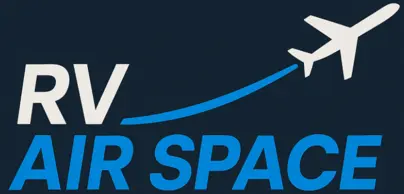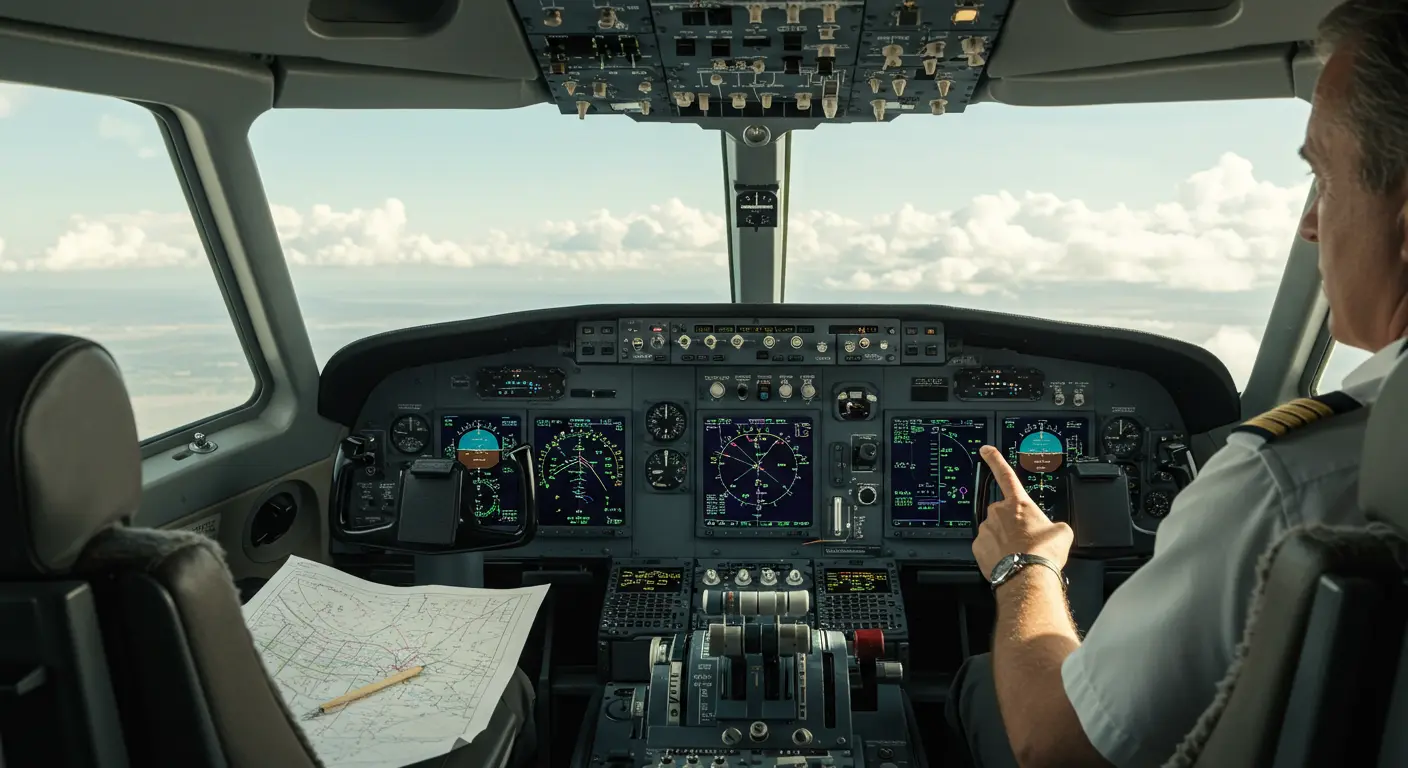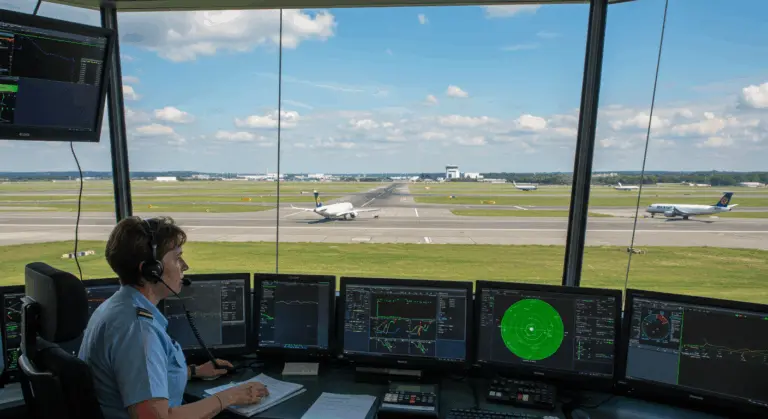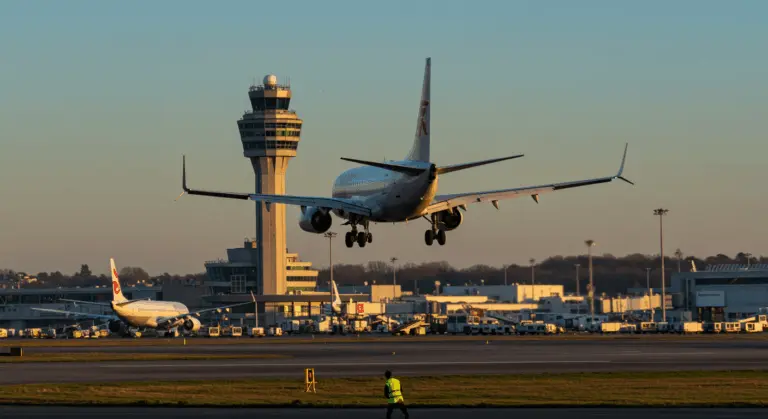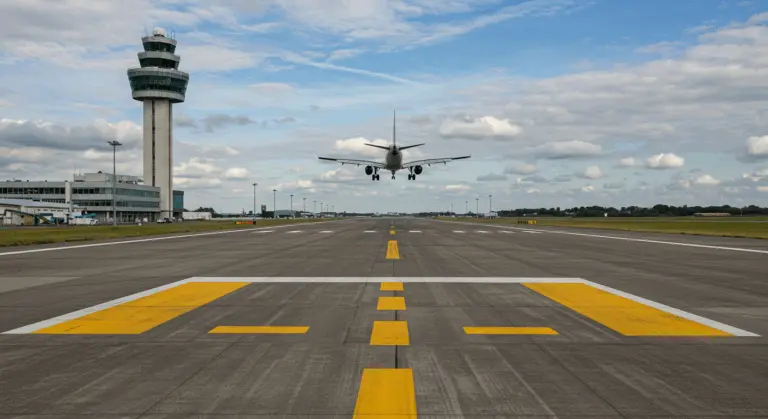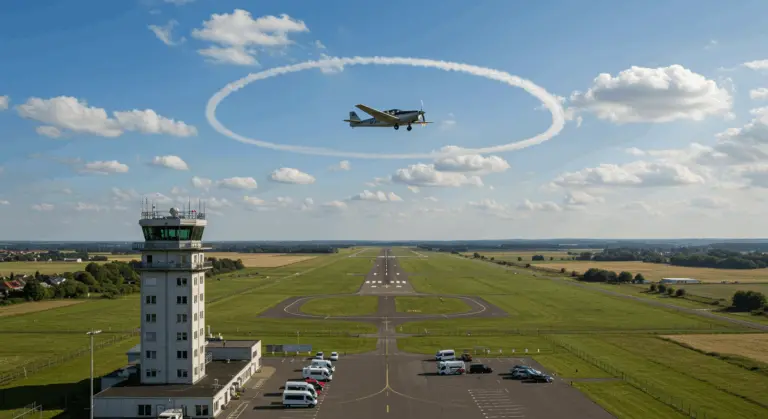Understanding Victor Airways – A Guide for Pilots
What Are Victor Airways?
Victor airways form an extensive network of low-altitude flight paths across the U.S. and Canada, specifically designed for Instrument Flight Rules (IFR) navigation below 18,000 feet Mean Sea Level (MSL).
The designation ‘Victor’ stems from the letter ‘V’ that precedes the numerical designation of these airways (such as V23 or V456). This nomenclature reflects their design as straight-line segments between VHF Omnidirectional Range (VOR) navigation stations or between a VOR and a VOR intersection. These ground-based radio navigation aids provide pilots with precise directional guidance along these predetermined routes.
Operating between 1,200 feet above ground level and 18,000 feet MSL, these airways differ from high-altitude Jet Routes. They establish standardized IFR corridors that ensure obstacle clearance while promoting efficient traffic flow.
Though Victor airways rely on VOR stations, parallel Tango airways leverage GPS technology instead. Even as aviation navigation moves toward satellite-based systems, mastering the traditional Victor airway framework remains essential for pilots operating in controlled airspace.
Navigating Victor Airways – Key Concepts
The Victor airway infrastructure relies on a network of ground-based navigational aids (Avoids), primarily VOR stations. These beacons transmit radio signals enabling aircraft to follow precise radials, creating seamless navigational corridors.
Navigation requires IFR en route low-altitude charts and sectional charts as primary references. These essential documents illustrate airway routes, numerical identifiers, Minimum En route Altitudes (MEA’s), and other vital information needed for thorough flight planning.
Central to this system is the changeover point (COP), a designated location on an airway where pilots switch their navigation reference from one VOR station to the next to ensure optimal signal reception.
Understanding Changeover Points
A Changeover Point (COP) is a designated location on an airway where a pilot must switch navigation from one VOR station to the next. When Cops are published, they’re mandatory—absent such designation, pilots transition at the midpoint between VOR stations.
IFR charts display changeover points as distinctive arrows along airways, accompanied by distance markers. A notation such as ‘↑22’ signals a changeover point positioned 22 nautical miles from the preceding VOR.
Successful changeover execution requires switching navigation references precisely at the COP while adjusting heading to maintain centerline tracking—ensuring uninterrupted, accurate guidance.
Obstacle Protection Areas Around Victor Airways
Victor airways include protection zones to ensure obstacle clearance. These protective corridors expand outward at +/- 4.5 degrees from each NAV AID, forming widening passages that protect aircraft from both natural terrain and artificial obstructions. The protection areas from adjacent VOR’s typically intersect at approximately 51 nautical miles between the stations, which often coincides with the established changeover point.
Minimum obstacle clearance requirements fluctuate based on underlying terrain characteristics. Non-mountainous regions require at least 1,000 feet of vertical separation from all obstacles within the protection zone.
Protection zones fulfill three essential roles:
-
They establish the Minimum Safe Altitude (MSA) for each airway segment.
-
They define the lateral boundaries within which an aircraft is guaranteed obstacle clearance.
-
They provide the basis for determining Minimum En route Altitudes (MEA’s) on aeronautical charts.
Pilots should understand: any deviation from an airway means abandoning protected airspace and accepting complete responsibility for terrain and obstacle avoidance.
Airway Width and Navigation Techniques
Victor airways maintain a consistent 8-nautical-mile width, extending 4 nautical miles from each side of centerline. This standardized corridor ensures clear boundaries for traffic separation and obstacle clearance.
Navigating these airways demands specific techniques for maintaining precise positioning. The fundamental approach involves tracking VOR radials—pilots tune navigation receivers to appropriate VOR stations and follow designated radials defining each airway segment.
Modern aircraft with GPS and flight management systems (FMS) improve Victor airway navigation through continuous position awareness and precise course guidance. Yet even with such advanced technology, pilots must preserve traditional VOR navigation skills—both as backup capability and regulatory compliance measure. Regardless of the equipment used, staying within the airway’s defined boundaries remains essential for both regulatory compliance and flight safety.
Federal Airway System and Victor Airways
Victor airways form the backbone of the U.S. Federal Airway System. Despite widespread GPS use and Area Navigation (RNA) advancement, this VOR-based infrastructure remains indispensable—offering reliable backup systems and standardized routes that simplify both flight planning and air traffic management.
Resources for Pilots Navigating Victor Airways
Pilots can use numerous resources to master Victor airway navigation:
-
FAA’s Instrument Procedures Handbook: The official source for en route operations, procedures, and clearance requirements.
-
Educational Videos: Platforms like YouTube offer visual demonstrations and practical tips for navigating airways.
-
Aviation Websites: Sites like Bold method provide in-depth articles, scenario-based examples, and diagrams.
-
Pilot Community Forums: A place for aviators to exchange practical experiences and ask questions.
-
Navigation Quizzes and Simulators: Allow pilots to test knowledge and decision-making skills in a risk-free environment.
-
Electronic Flight Bag (EFB) Apps: Offer sophisticated digital charting, real-time data, and route visualization.
